This doesn't appear to be possible using TextKit, but it is possible using CoreText directly. Specifically, CGFont's getGlyphBBoxes returns the correct rect in glyph space units, which can then be converted to points relative to the font size.
Credit goes to this answer for making me aware of getGlyphBBoxes as well as documenting how to convert the resulting rects to points.
Below is the complete solution. This assumes you have a UITextView subclass with the following set beforehand:
self.contentInset = .zero
self.textContainerInset = .zero
self.textContainer.lineFragmentPadding = 0.0
This function will now return the distance from the top of the text view's bounds to the top of the tallest used glyph:
private var distanceToGlyphs: CGFloat {
// sanity
guard
let font = self.font,
let fontRef = CGFont(font.fontName as CFString),
let attributedText = self.attributedText,
let firstLine = attributedText.string.components(separatedBy: .newlines).first
else { return 0.0 }
// obtain the first line of text as an attributed string
let attributedFirstLine = attributedText.attributedSubstring(from: NSRange(location: 0, length: firstLine.count)) as CFAttributedString
// create the line for the first line of attributed text
let line = CTLineCreateWithAttributedString(attributedFirstLine)
// get the runs within this line (there will typically only be one run when using a single font)
let glyphRuns = CTLineGetGlyphRuns(line) as NSArray
guard let runs = glyphRuns as? [CTRun] else { return 0.0 }
// this will store the maximum distance from the baseline
var maxDistanceFromBaseline: CGFloat = 0.0
// iterate each run
for run in runs {
// get the total number of glyphs in this run
let glyphCount = CTRunGetGlyphCount(run)
// initialize empty arrays of rects and glyphs
var rects = Array<CGRect>(repeating: .zero, count: glyphCount)
var glyphs = Array<CGGlyph>(repeating: 0, count: glyphCount)
// obtain the glyphs
self.layoutManager.getGlyphs(in: NSRange(location: 0, length: glyphCount), glyphs: &glyphs, properties: nil, characterIndexes: nil, bidiLevels: nil)
// obtain the rects per-glyph in "glyph space units", each of which needs to be scaled using units per em and the font size
fontRef.getGlyphBBoxes(glyphs: &glyphs, count: glyphCount, bboxes: &rects)
// iterate each glyph rect
for rect in rects {
// obtain the units per em from the font ref so we can convert the rect
let unitsPerEm = CGFloat(fontRef.unitsPerEm)
// sanity to prevent divide by zero
guard unitsPerEm != 0.0 else { continue }
// calculate the actual distance up or down from the glyph's baseline
let glyphY = (rect.origin.y / unitsPerEm) * font.pointSize
// calculate the actual height of the glyph
let glyphHeight = (rect.size.height / unitsPerEm) * font.pointSize
// calculate the distance from the baseline to the top of the glyph
let glyphDistanceFromBaseline = glyphHeight + glyphY
// store the max distance amongst the glyphs
maxDistanceFromBaseline = max(maxDistanceFromBaseline, glyphDistanceFromBaseline)
}
}
// the final top margin, calculated by taking the largest ascender of all the glyphs in the font and subtracting the max calculated distance from the baseline
return font.ascender - maxDistanceFromBaseline
}
You can now set the text view's top contentInset to -distanceToGlyphs to achieve the desired result.
